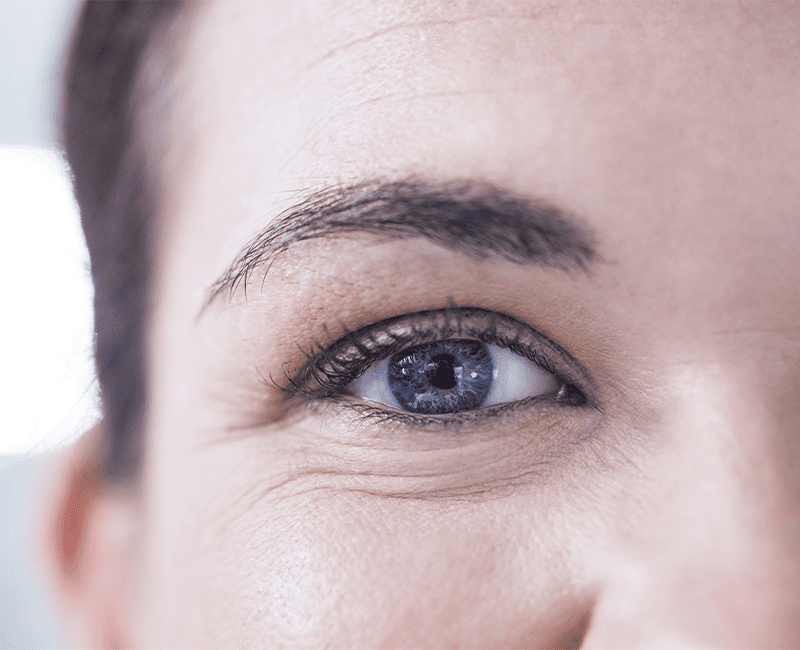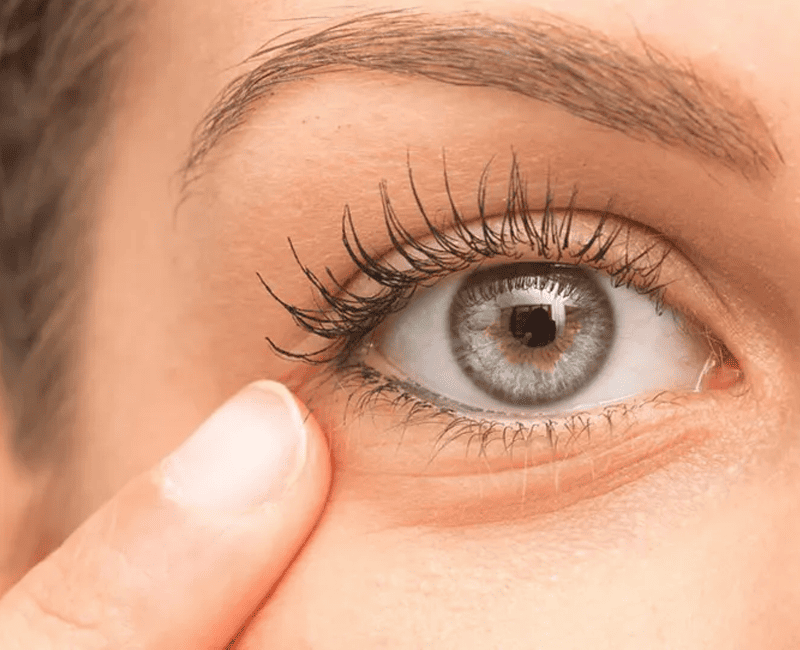
Eye wrinkles, often referred to as crow’s feet, fine lines are a natural part of the aging process. These lines and wrinkles form around the eyes as the skin loses its elasticity, and repetitive facial expressions, such as squinting or smiling, contribute to their development. Although they are a common sign of aging, many people seek ways to reduce the appearance of eye wrinkles to maintain a youthful look.
Understanding the causes of eye wrinkles and the various treatment options available is key to managing them effectively. From preventative measures to advanced skincare treatments, there are numerous strategies to minimize the appearance of wrinkles around the eyes.
Several factors contribute to the development of eye wrinkles. These include both intrinsic factors (natural aging processes) and extrinsic factors (external influences). Here are the primary causes:

While it’s impossible to completely prevent the formation of eye wrinkles, there are several steps you can take to slow their development and keep your skin looking youthful for longer:
Eye wrinkles are a natural part of aging, but with the right preventive measures and treatments, their appearance can be minimized. Protecting your skin from the sun, staying hydrated, and using skincare products with proven anti-aging ingredients are essential steps in maintaining youthful-looking skin around the eyes.
For those seeking more immediate or dramatic results, various cosmetic treatments, such as Botox, dermal fillers, laser resurfacing, and microneedling, are available to reduce the appearance of eye wrinkles. Consulting with a dermatologist or skincare professional can help you determine the best approach based on your individual skin type and concerns.
Address:
Door No. 8-2-293/82/A/725/A, Beside FMS INTERNATIONAL DENTAL CENTER Road No. 37, Hitech City Rd, near Daspalla Hotel, CBI Colony, Jubilee Hills, Hyderabad, Telangana 500033
Email: [email protected]
Email: [email protected]
FMS Skin © 2020. All rights reserved. Terms of use and Privacy Policy